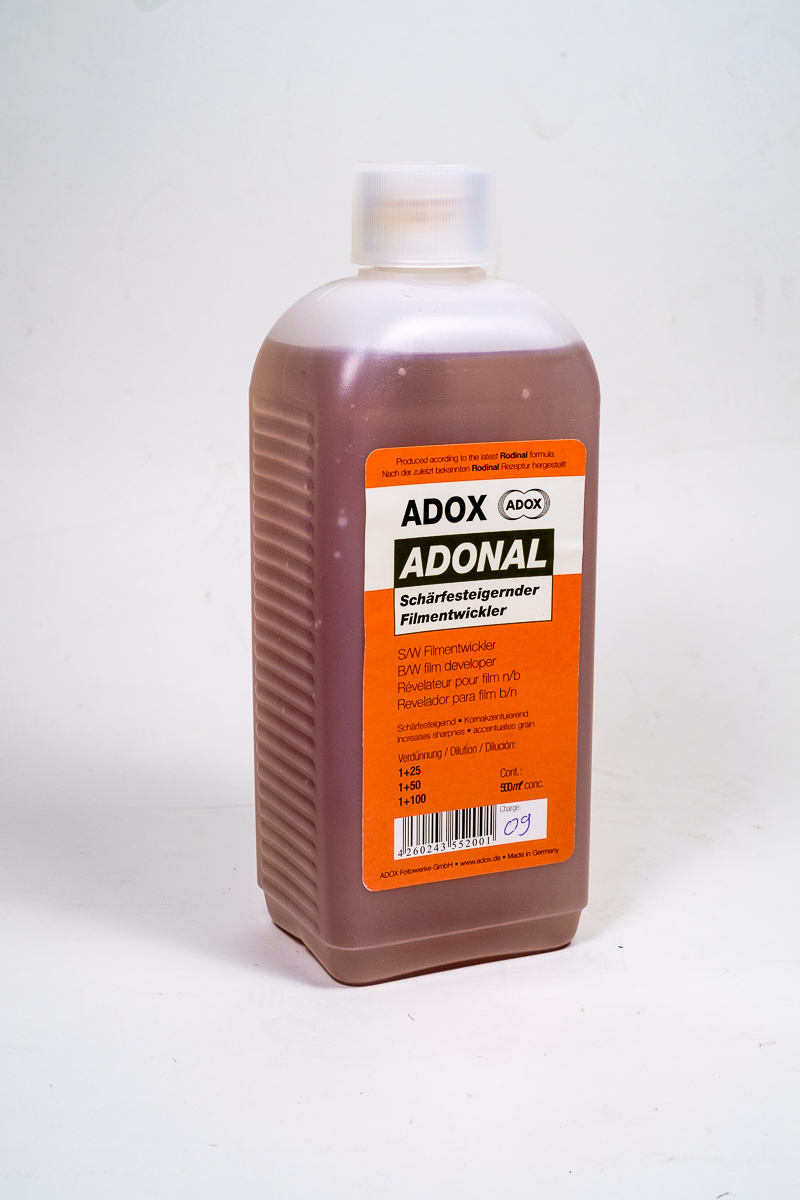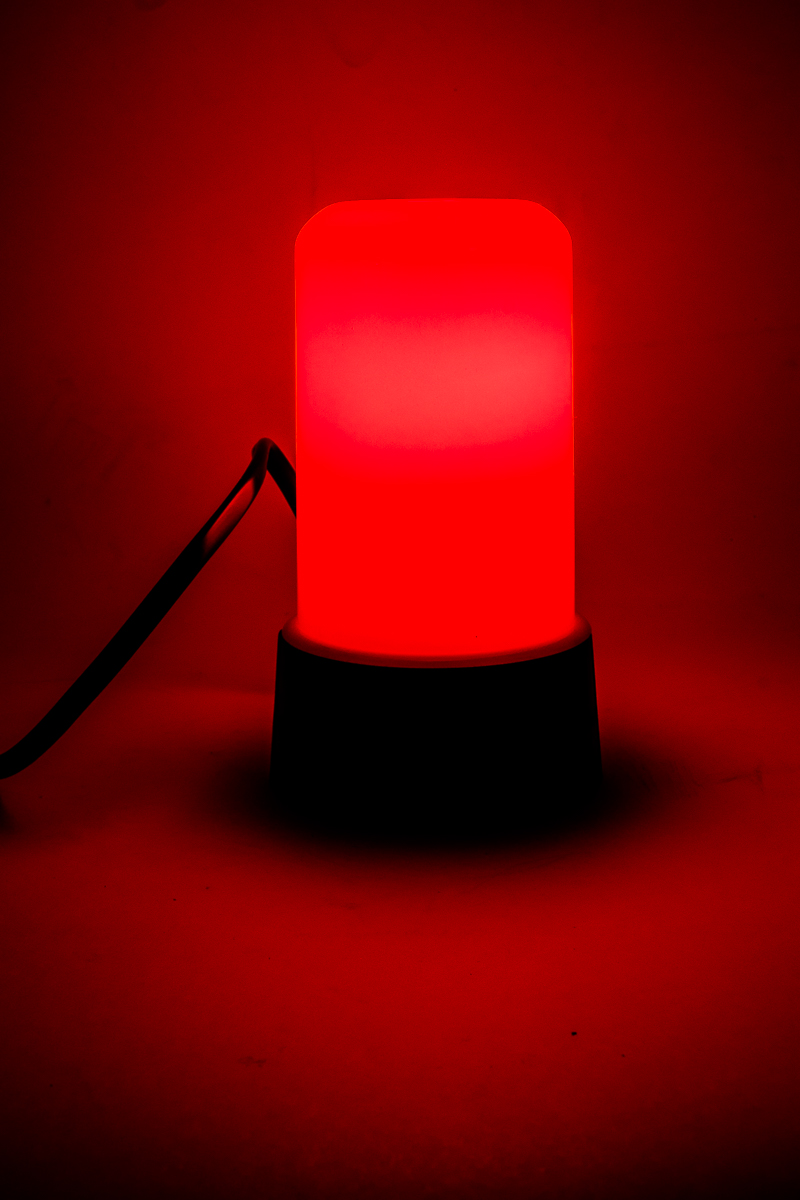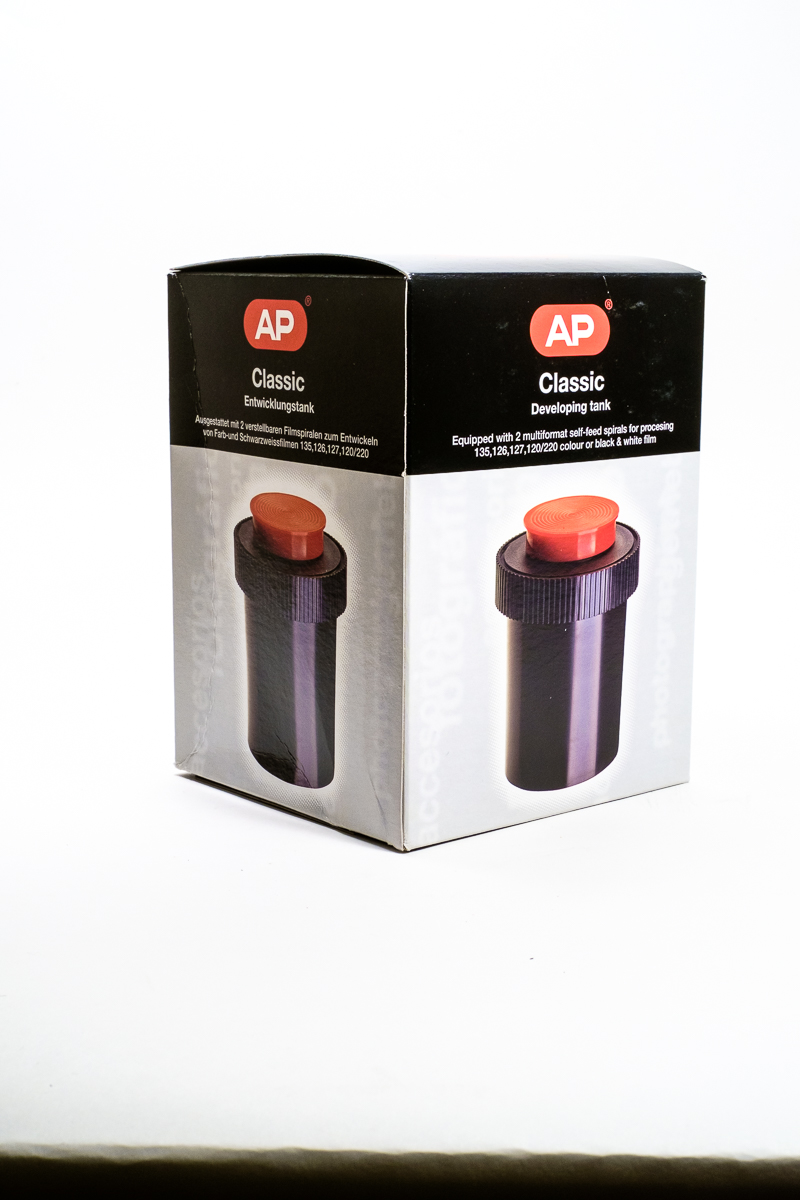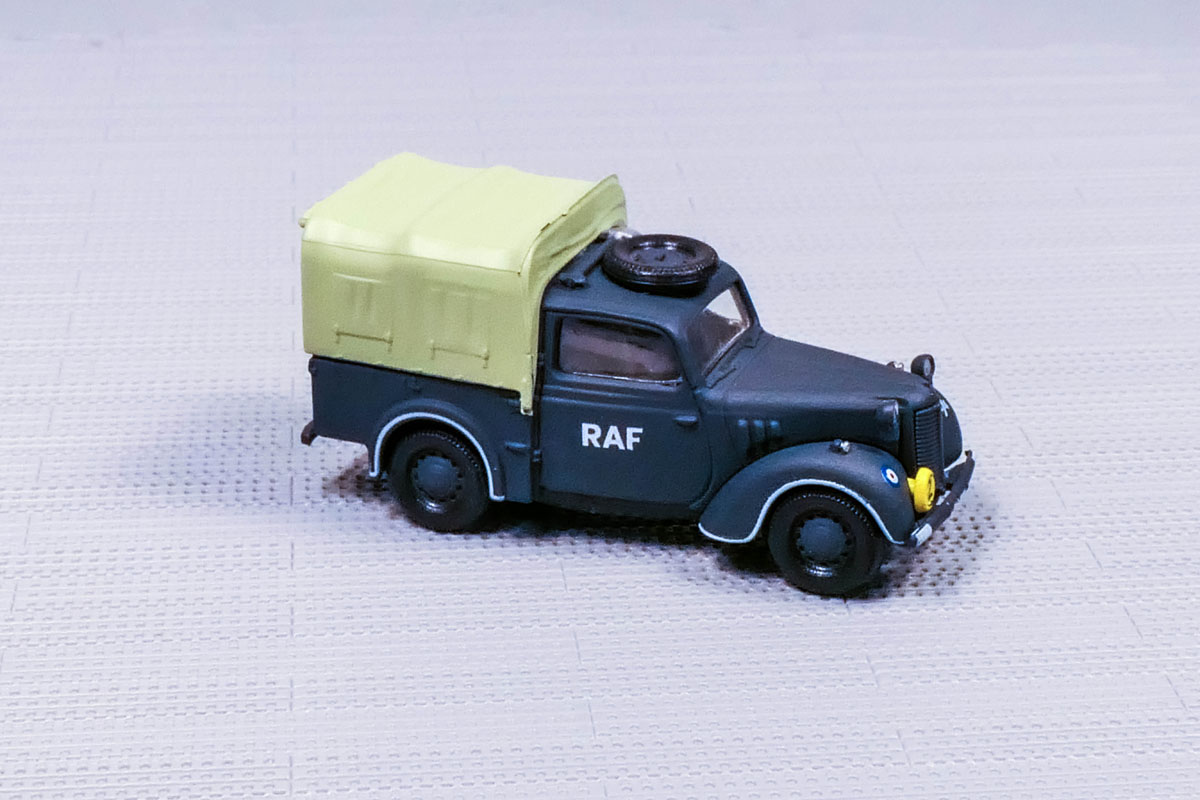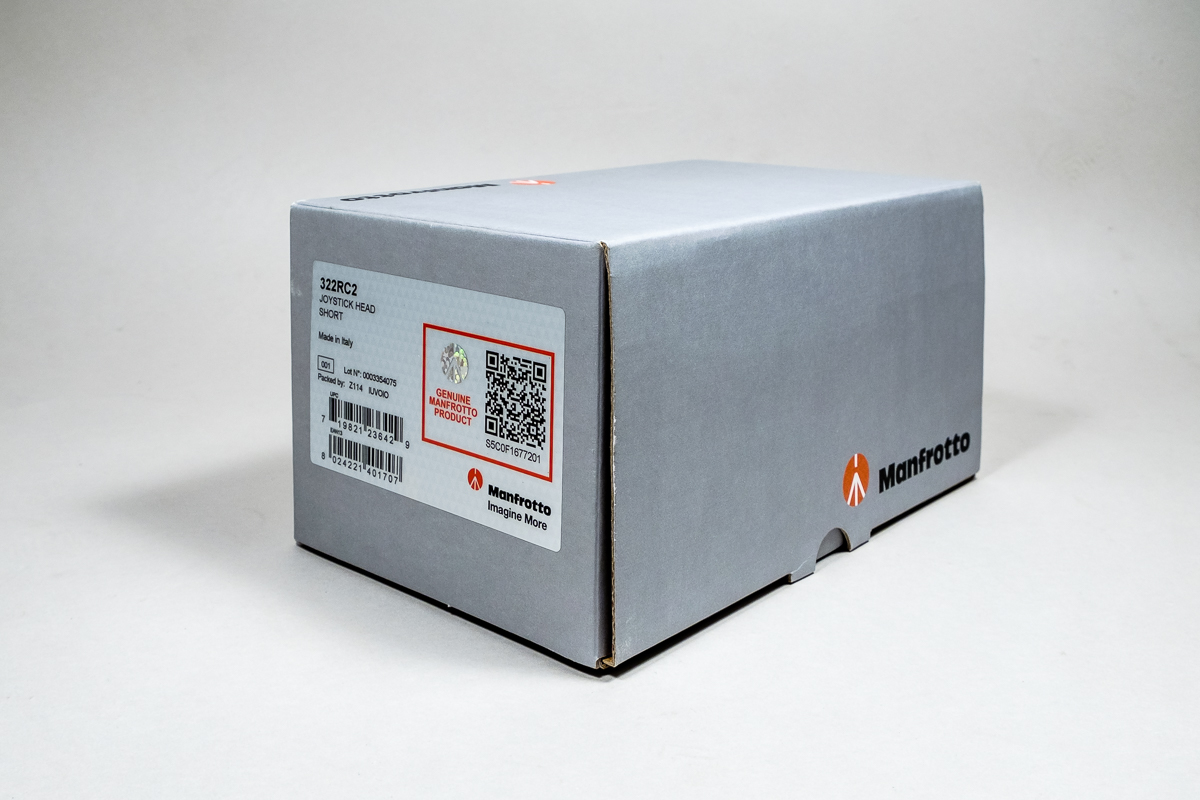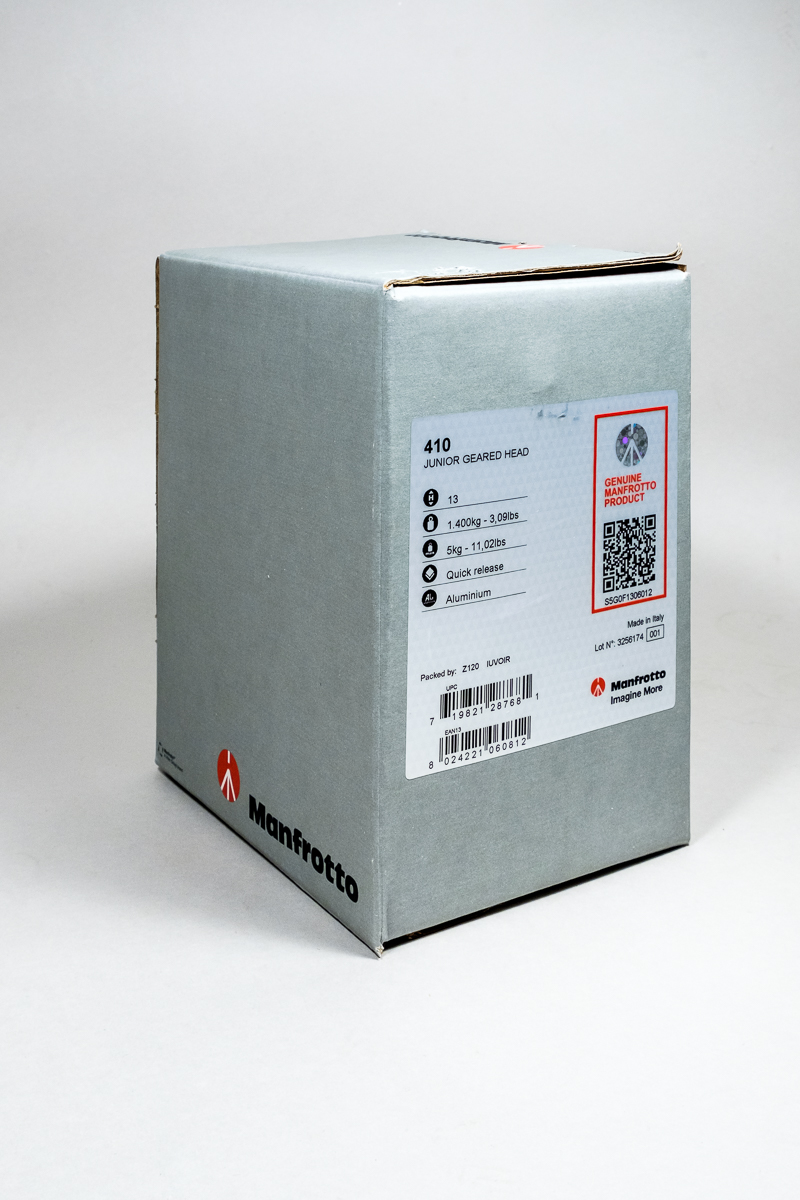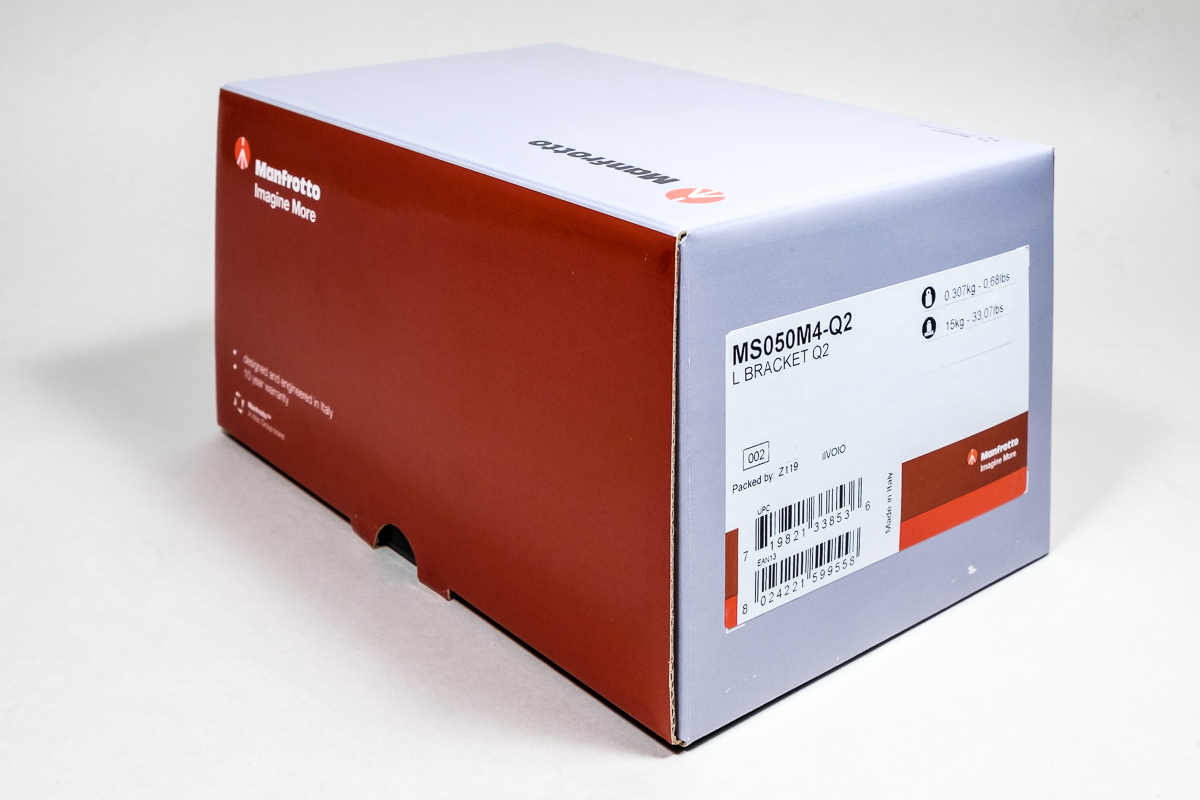30 Apr Old School For New Students – Part Four – A Little Respect, Please
Let us have a little respect for the bottle of film developer you see in the heading image. It is older than Camera Electronic. It is older than any of you. It may possibly be older than Keith Richards. Not the actual bottle, mind. That's new plastic. The label is new. Even the maker is newish - ADOX rather than Agfa. But the stuff inside has a history going back to the 19th century. It's a re-issue of Rodinal - a viscous straw-coloured fluid based on 4-aminophenol that was first patented in 1891. It's undergone a number of business sales to eventully end up in the ADOX stable but the basic stuff is the same. This is not a fine-grain developer. It'll make the silver grains big and sharp and you need to choose your film accordingly. Also choose your format - I used it with glee on 4 x 5 sheet films. The negatives are very sharp indeed. Apparently some photographers are said to treat them post-development in an effort to tone down this acutance. Seems odd in an age that values...


